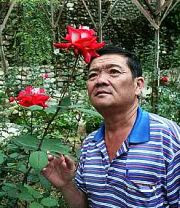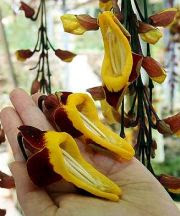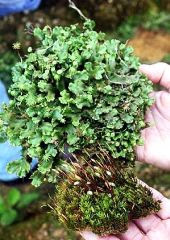Monday February 26, 2007
Petaling Jaya: Temperatures in Malaysia’s highland areas including the three major hill resorts – Cameron Highlands, Genting Highlands and Fraser’s Hill – are rising and over-development has been blamed for this.

Global Environment Centre (GEC) director Faizal Parish said the maximum temperature in the highlands had climbed between 2°C and 3°C in the last 25 years due to the clearing of forests and over-development.
A check with the Meteorological Services Department confirmed this.
(GEC is a non-profit organisation which was established in 1998 to work on environmental issues of global importance, undertaking strategic projects particularly in developing countries.)
In 1984, the annual maximum temperature in Cameron Highlands was 24.6°C and over the years, it has gradually increased, hitting 27.9°C in 1998.
In 2005, it registered 26.7°C and last year 25.9°C.
Even the annual minimum temperature has gone up – in 1984, it was 12°C, 1989 (10°C), 1995 (13.2°C) and last year 12.9°C.
Faizal said: “If you clear trees, it results in what we call a microclimate change, which means a change of the climate within that area.
“While 1°C or 2°C does not sound like much, these small changes can cause major changes in the rainfall and weather patterns, which in turn, can affect crops.
“So far, the ones which have been more badly affected are Genting and Cameron Highlands.”
In Cameron Highlands, residents and visitors are saying that it is no longer as cold as before.
Now, lowland birds are being seen there while highlands species are “moving out” – an indication of a warmer climate.
Genting Highlands is not faring any better. Residents there remember having to start up a coal stove in their rooms before leaving for work in the morning to keep the room warm when they get home. There is no need to do that now.
In Fraser's Hill, back in the 1970s, one only needed to immerse a bottle of soft drink in the water at the waterfall to chill it.
Faizal explained that trees cooled the air around them, adding: “One big tree is the equivalent to 10 air conditioners”.
He said the climbing temperature in the highlands could also cause chaos to the ecosystem.
“As the lowland species of insects, plants and birds start to move to the highlands, it can lead to the extinction of certain highland species as they have nowhere to go,” he said. -- The Star.









